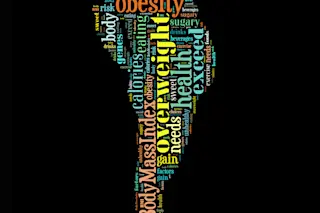It was a breezy Friday evening in the fall in San Diego. I was a biochemistry Ph.D. student out to dinner with friends after a full week of research, classes and teaching. I’d had a strong interest in biology since grade school, particularly in how the body malfunctions and the inventive ways we treat it. The idea that tiny molecules affected our health, thoughts and quality of life was fascinating to me.
Keeping my fat in check had never been easy, and I watched my weight closely. On this day, like every other, I had counted my calories since the morning. I ate a painstakingly balanced combination of grains, proteins and vegetables. I abstained from anything fun — no sugar, carb-heavy snacks or alcohol. I had run for 40 minutes, and lifted weights. As I sat down to dinner with my friends, I held steadfast — I ordered a small ...














